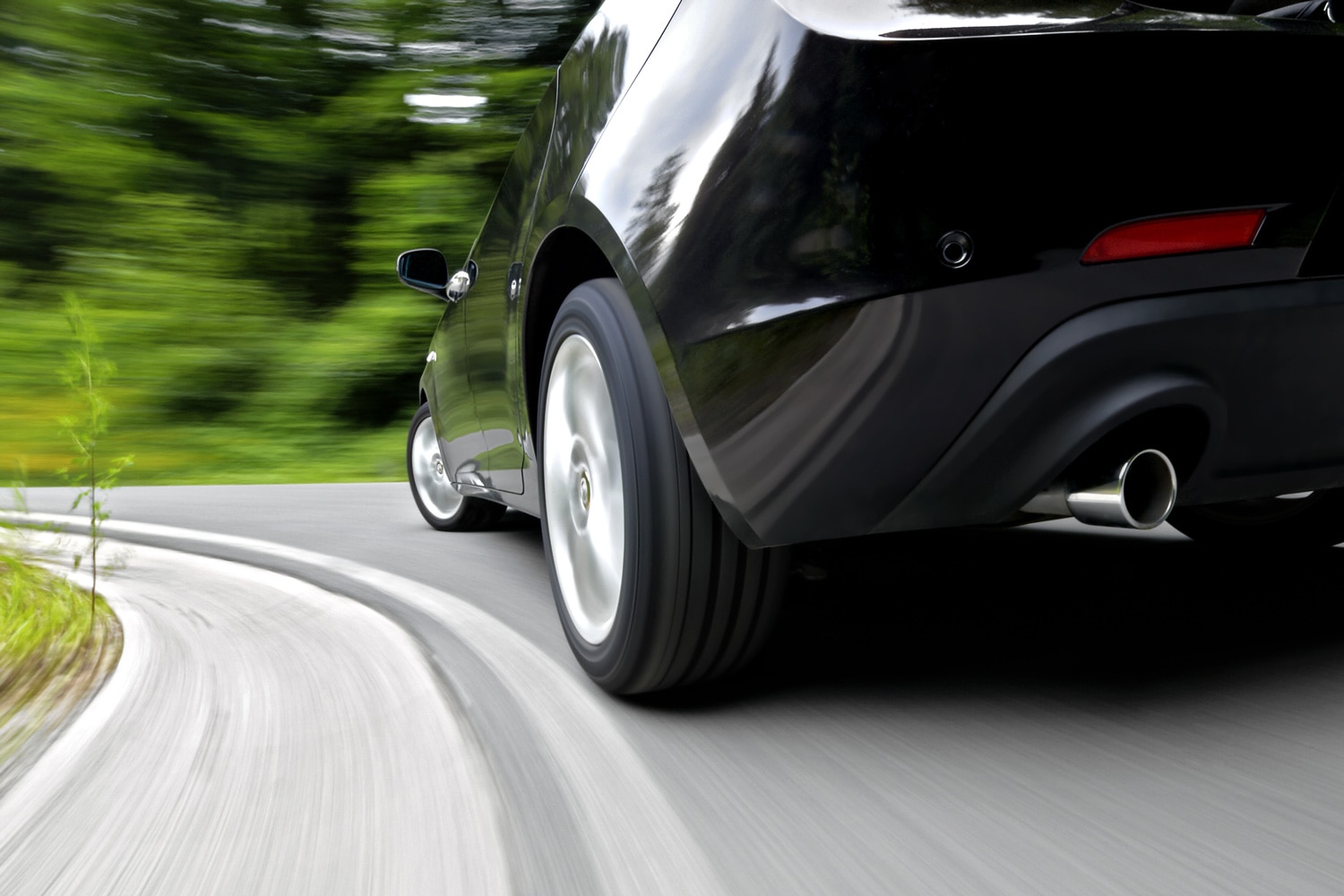How Do EPA Highway Mileage Ratings Work?
The science behind the number on your window sticker.
 Shutterstock
Shutterstock
Almost every new vehicle sold in the United States features an official highway fuel mileage rating prominently displayed on the window sticker. In the real world, however, this number often seems like more of a guideline than a hard and fast fact, due to the differences between the Environmental Protection Agency’s (EPA’s) fuel efficiency testing procedures and the habits of actual drivers.
How do EPA highway mileage ratings work? And what's the reason behind the disconnect between actual driving and the rating advertised by each vehicle? Here's a breakdown of the science that goes into evaluating the highway efficiency of a new automobile.
Who Runs EPA Fuel Mileage Testing?
Surprising but true: The EPA allows individual automakers to actually run their own fuel efficiency testing. The tests themselves are standardized, but around one out of every five vehicles have their reported fuel efficiency numbers actually verified by the EPA performing independent tests.
What Does The EPA Highway Mileage Test Involve?
Highway gas mileage tests are conducted in a lab rather than out on a road. Vehicles simulate highway conditions on a dynamometer, which allows their drive wheels to turn freely while testers run them through a very specific set of “schedules,” which is the term used to refer to different operational cycles that mimic actual driving.
The “highway” portion of the EPA's gas mileage testing is only 765 seconds long, or just under 13 minutes of operation. Called the Highway Fuel Economy Driving Schedule (HWFET), it's much more complicated than maintaining a steady cruising speed. Although its average speed is 48.3 mph, it calls for acceleration and braking across a distance of 10.26 miles, representing the surges and dips in speed that might be experienced during a typical highway run.
The highway test is combined with the “high speed” test (also known as US06), which takes almost 10 minutes to run. It includes a number of additional accelerations and slow-downs (with the most dramatic being several climbs from 0 mph to above 60 mph, cresting at a top speed of 80 mph).
Instead of relying on a fuel gauge, each vehicle's tailpipe is connected to a machine that measures the amount of carbon in its exhaust to determine how much fuel was burned during the schedule.
How Does This Translate To The Real World?
The EPA acknowledges that its lab tests aren't intended to reflect the exact real world experience of most drivers. Rather, it positions its highway fuel mileage numbers to be used as a level playing field comparator at buying time, given that all vehicles are tested using the same baseline conditions and are designed using national averages for key factors affecting fuel consumption. Drivers who encounter hilly terrain, use air conditioning regularly, drive more aggressively, or deal with colder than average temperatures will see the biggest departure from advertised highway fuel economy.
In terms of a new automobile's combined fuel economy rating, the EPA uses an average of city and highway driving, with the former contributing to 55% of the score and the latter 45%.
Written by humans.
Edited by humans.
 Benjamin Hunting
Benjamin HuntingNearly two decades into his career as an automotive journalist, Benjamin has had his hands greasy, his hair blown back, and his heart broken by more than one project car. In addition to his work at Capital One, he has contributed features and reviews to Motor Trend, Car and Driver, Hagerty, Driving Line, Inside Hook, Super Street, European Car, Roadkill Magazine, Motor 1, The Drive, the Toronto Star, the National Post, Business Insider, NAPA, Autoblog, Automotive News Canada, and AutoGuide. He is also cohost of the Unnamed Automotive Podcast and cocreator of the Code 45 and Dead Air graphic novels. In his spare time, he's a friend to vinyl and enjoys keeping the shiny side up during track days.
Related articles
View more related articles